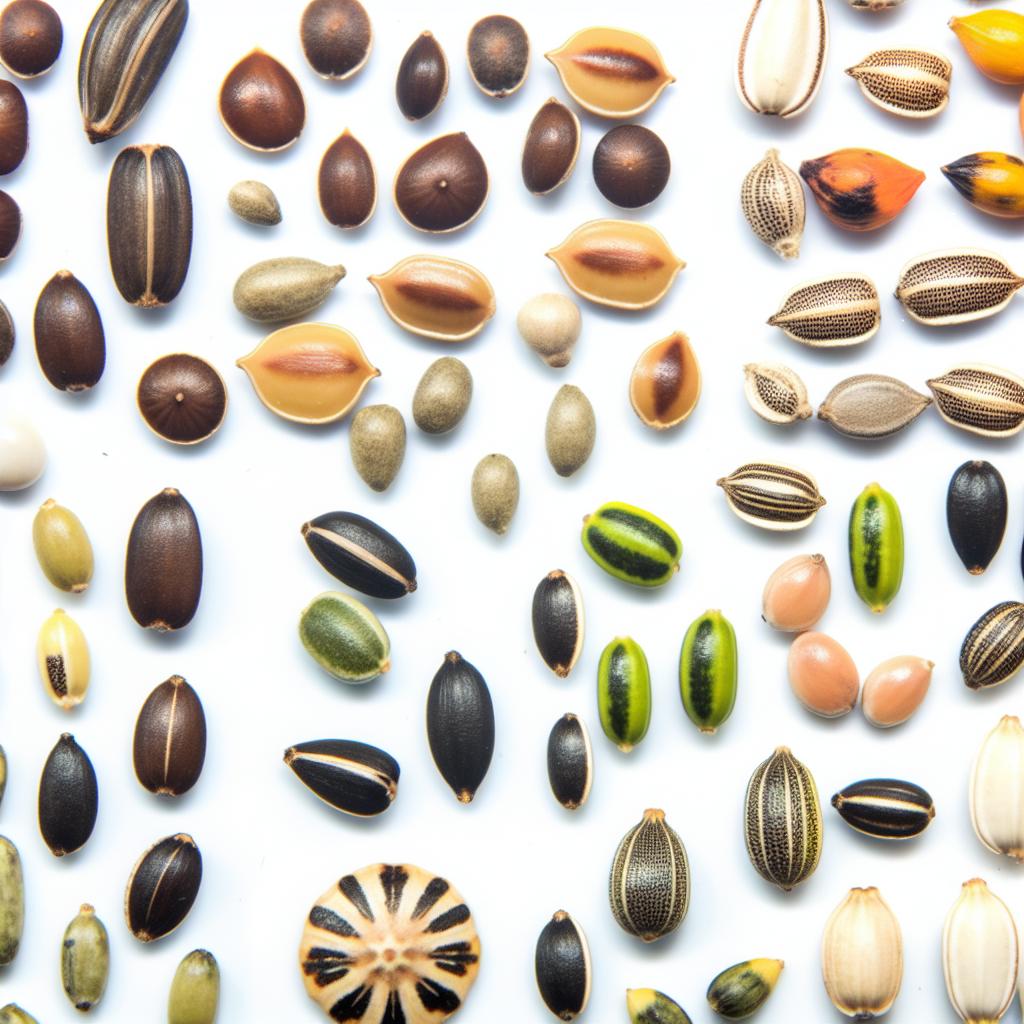Discover the key factors to determine seed viability and explore a comprehensive table for different plant types.
Understanding Seed Viability
Understanding seed viability is crucial for successful gardening and agriculture. Seed viability refers to the ability of a seed to germinate and develop into a healthy plant. It determines the percentage of seeds that are expected to sprout under ideal conditions. Seeds with high viability have a greater chance of germination, while seeds with low viability may fail to sprout or produce weak and unhealthy plants.
Several factors influence seed viability, including seed age, storage conditions, genetic factors, and external environmental factors. By understanding these factors, gardeners and farmers can make informed decisions about seed selection and storage, ensuring higher success rates in their planting efforts.
Factors Affecting Seed Viability
There are several factors that can affect seed viability:
1. Seed Age: As seeds age, their viability naturally decreases. Older seeds may have a lower germination rate compared to fresh seeds.
2. Storage Conditions: Proper storage conditions are essential for maintaining seed viability. Seeds should be kept in a cool, dry, and dark place to prevent moisture, heat, and light from damaging them.
3. Genetic Factors: Different plant species have varying levels of seed viability. Some plants produce seeds that remain viable for years, while others have shorter viability periods.
4. External Environmental Factors: Environmental conditions such as temperature, humidity, and light exposure can impact seed viability. Extreme temperatures and excessive moisture can reduce viability, while optimal conditions can enhance it.
By understanding these factors, gardeners and farmers can take steps to optimize seed viability and improve their chances of successful germination and plant growth.
The Importance of Seed Viability
Seed viability is crucial for ensuring successful plant growth and maximizing crop yields. When seeds have high viability, they have a greater potential to germinate and develop into healthy plants. This leads to higher crop productivity and better overall plant health.
High seed viability is particularly important for farmers and gardeners who rely on the success of their planting efforts. By selecting seeds with high viability and providing optimal growing conditions, they can increase their chances of achieving a bountiful harvest.
Additionally, seed viability is important for seed banks and conservation efforts. By preserving seeds with high viability, we can safeguard plant genetic diversity and ensure the availability of viable seeds for future generations.
In summary, seed viability plays a critical role in agriculture, gardening, and conservation. By understanding and prioritizing seed viability, we can optimize plant growth, increase crop yields, and preserve plant genetic diversity.
Exploring the Seed Viability Table
The seed viability table provides a comprehensive overview of different plant types and their expected seed viability periods. It allows gardeners and farmers to determine how long a particular seed is likely to remain viable under ideal storage conditions.
The table includes information on common plant types, such as vegetables, flowers, and herbs, and specifies the average seed viability for each type. This information can help gardeners plan their planting schedules and make informed decisions about seed selection and storage.
It is important to note that the seed viability table serves as a general guideline and individual results may vary. Factors such as seed quality, storage conditions, and environmental factors can influence actual viability. However, the table provides a useful starting point for understanding the expected viability of different plant types.
By referring to the seed viability table, gardeners and farmers can optimize their planting strategies and increase the likelihood of successful germination and plant growth.
Tips for Maximizing Seed Viability
To maximize seed viability, consider the following tips:
1. Choose Fresh Seeds: Whenever possible, select fresh seeds with high viability. Fresh seeds are more likely to germinate successfully compared to older seeds.
2. Proper Storage: Store seeds in a cool, dry, and dark place to maintain their viability. Use airtight containers or seed packets to protect them from moisture, heat, and light.
3. Test Seed Viability: If you are unsure about the viability of your seeds, you can conduct a simple germination test. Place a few seeds on a damp paper towel and keep them in a warm area. Check for germination after a specified period, usually 7-10 days. This will give you an idea of the viability of your seeds.
4. Consider Seed Treatment: Some seeds benefit from pre-treatment methods such as scarification (scratching the seed coat) or stratification (exposing seeds to cold temperatures). These treatments can enhance germination rates and improve seed viability.
5. Planting Conditions: Provide optimal growing conditions for your seeds, including proper soil preparation, adequate moisture, and appropriate temperature and light levels. This will give your seeds the best chance of germination and growth.
By following these tips, you can maximize seed viability and increase your chances of successful plant growth.

